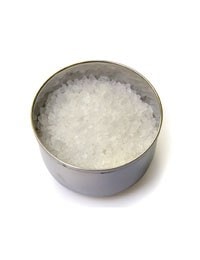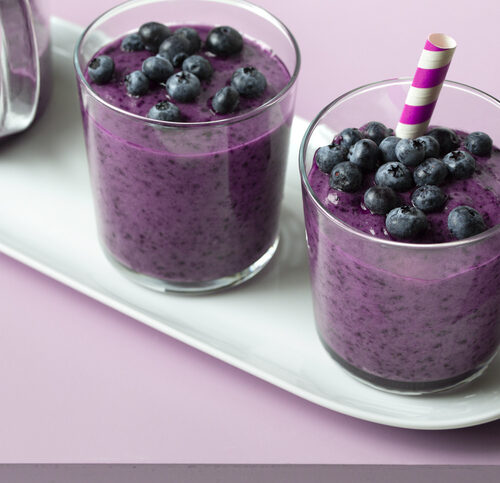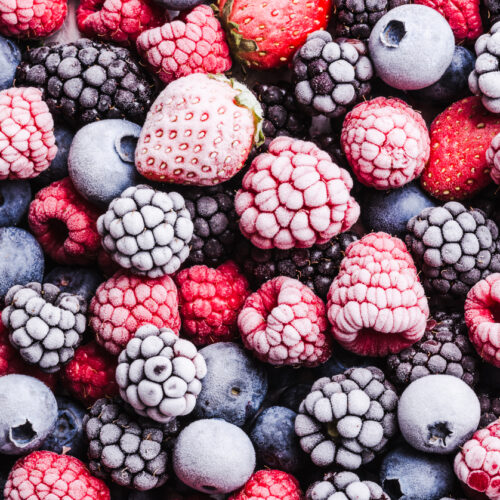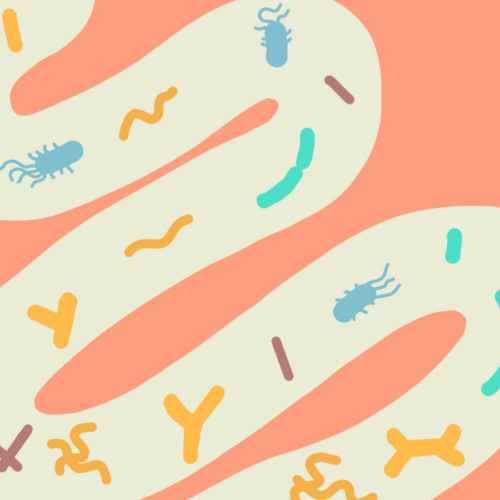
Q: “If you reduce the amount of salt added to your food, are you not also reducing the amount of iodine that is needed for a healthy thyroid? If you were to reduce the amount of salt added to food, would the addition of kelp be beneficial? Or does kelp not have enough natural available iodine to be of benefit? How much iodised salt is needed to maintain a healthy thyroid? Also, the ‘natural’ salts, ie Malvern, Celtic or Himalayan salts sold in health food shops and some supermarkets, are they better for you than the common table salt or sea salt?”
WendyA: Dietitian Fiona Carruthers responds:
“Yes, you may well reduce your iodine intake if you cut down the amount of salt you are using in cooking or at the table – but only if you are using an iodised salt. A suitable compromise is to use iodised salt in cooking when boiling pasta or vegetables for example, where the taste is more subtle, but don’t add it at table as well. The ‘natural’ salts you mention are not iodised, but all contain sodium, so have a similar impact on our health to other salts, but without the benefit of supplying any iodine. Those salts are best used when a more refined flavour or texture is required.
Kelp is not recommended as an alternative source of iodine as it is very concentrated and excess iodine can be toxic. It should only be used, if at all, under the supervision of a doctor or dietitian. Adults should be aiming for an iodine intake of around 0.15mg /day, which isn’t easily achieved as that’s equivalent to eating about six eggs! Most of us are only managing 40-50% of the recommended amount, which is why the fortification of some staple foods, such as bread, is currently being considered.”
www.healthyfood.com










